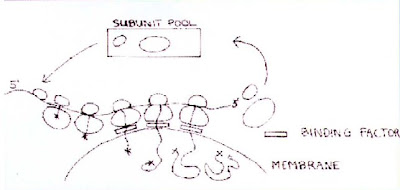 The New York Times reports on a recent US Senate resolution.
The New York Times reports on a recent US Senate resolution. The Senate approved a resolution today urging the Bush administration to designate Iran’s Islamic Revolutionary Guard Corps as a foreign terrorist organization, and lawmakers briefly set aside partisan differences to approve a measure calling for stepped-up diplomacy to forge a political solution in Iraq.Saying that it's "confrontational" is putting it mildly. Is there a logical reason for doing this? Here's what General Petraeus says,
Since last month, the White House has been weighing whether to deem the entire Revolutionary Guard as a terrorist group or to take a narrower step focused only on the Quds Force, an elite unit of the corps. Either approach would signal a more confrontational posture by declaring a segment of the Iranian military to be a terrorist organization.
It quoted General Petraeus as saying it is “increasingly apparent to both coalition and Iraqi leaders that Iran, through the use of the Iranian Republican Guard Corps Quds Force, seeks to turn the Shiite militia extremists into a Hezbollah-like force to serve its interests and fight a proxy war against the Iraqi state and coalition forces in Iraq.”Ahhh .... now I get it. We have a case where foreign soldiers in Iraq might be helping certain militia groups in order to serve its own interests and fight a proxy war against its perceived enemies. All soldiers who do that are terrorists, right?
Makes a lot of sense to me.
As an aside, I note that the US Congress is a lot more confident about military intelligence these days. I guess the fiasco of Colin Powell's UN Presentation on February 6, 2003 has been forgotten in light of a vastly improved intelligence gathering network. We can now be confident that all pronouncements about the evil axis countries are accurate, right?
[Photo Link: U.S. Special Forces Secure Tribal Sheikhs Meeting In Diyala Google.]






















